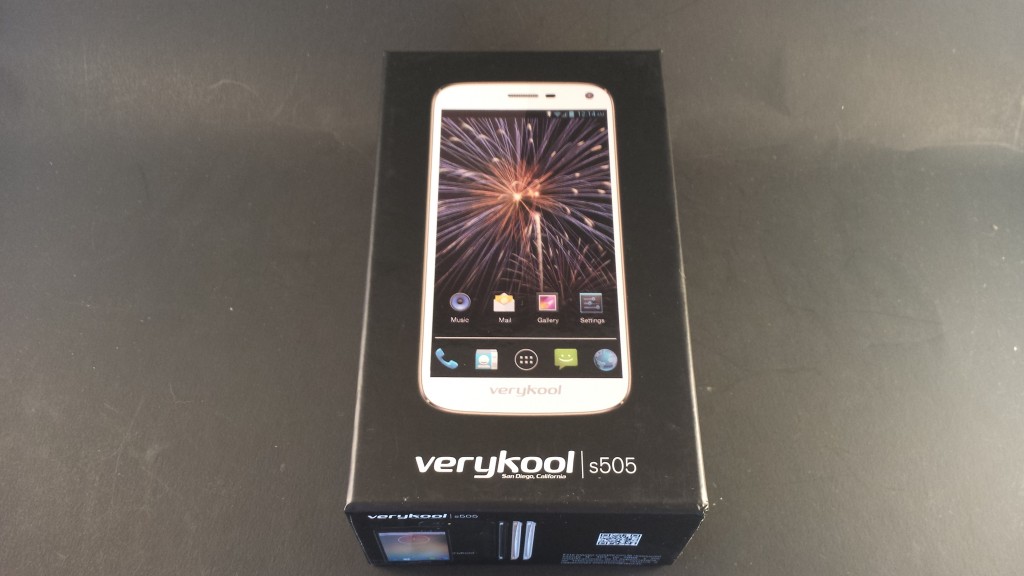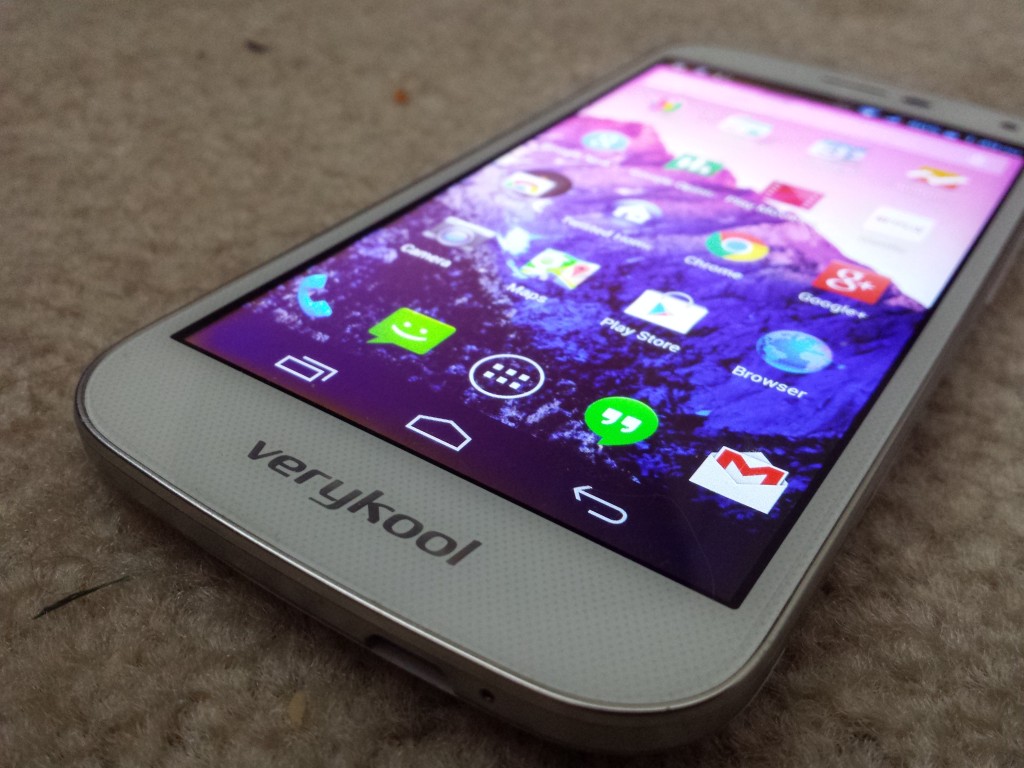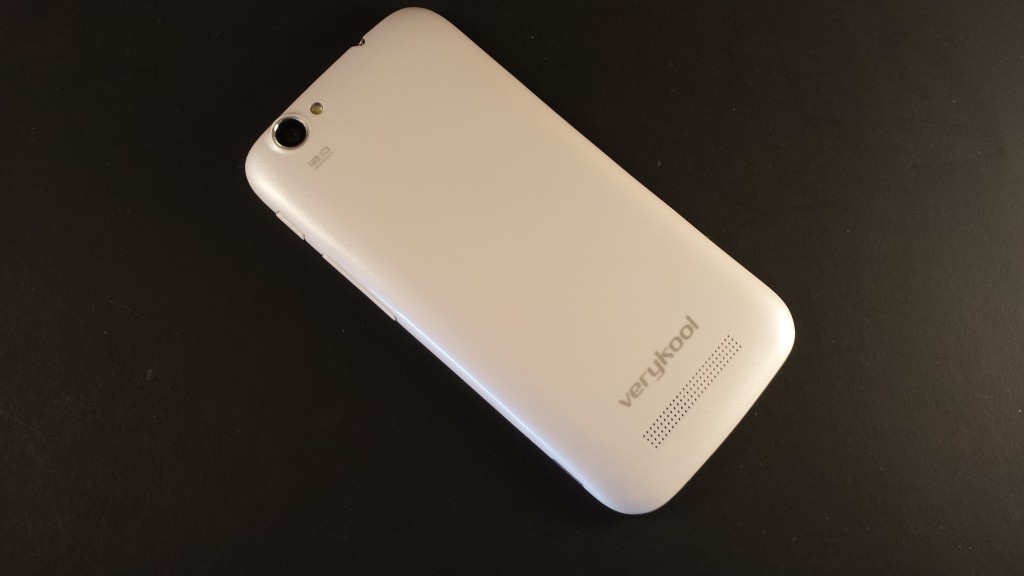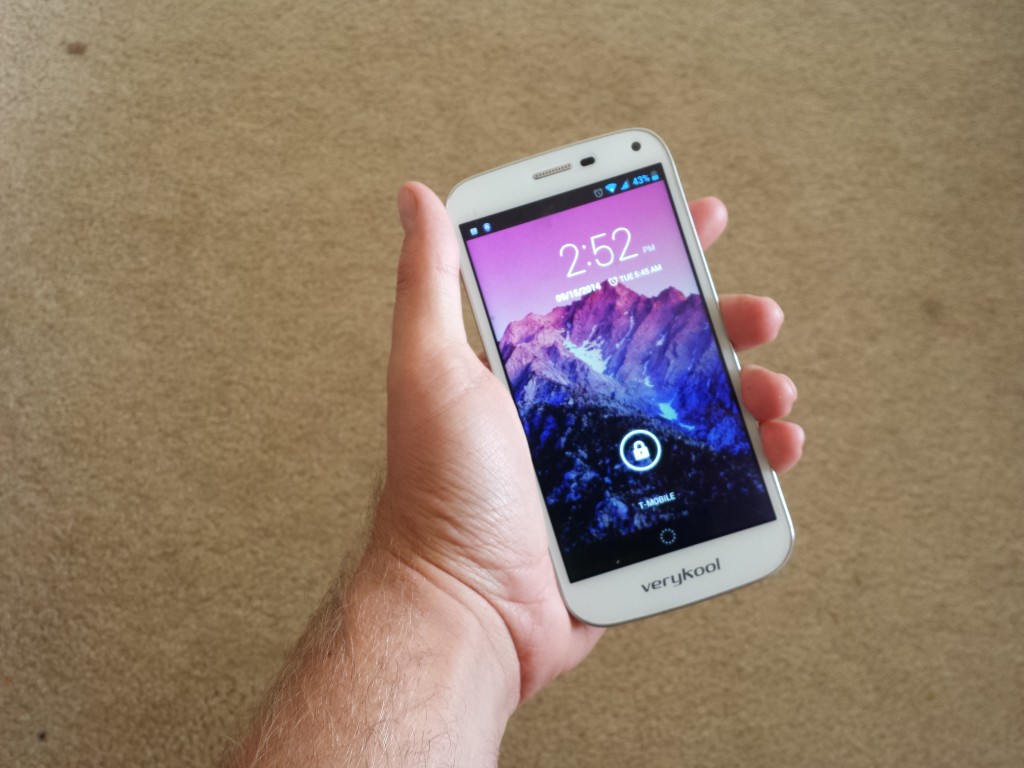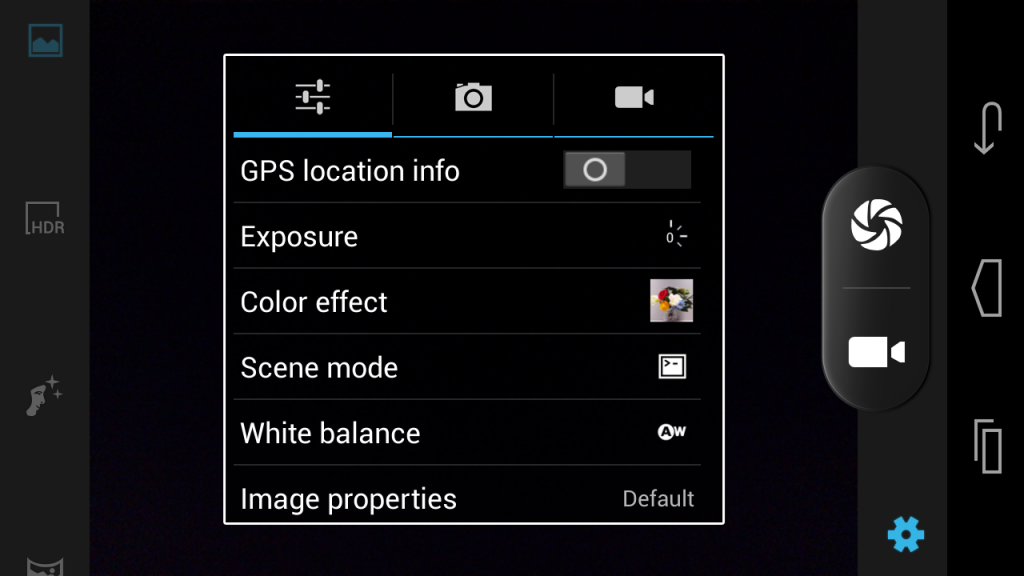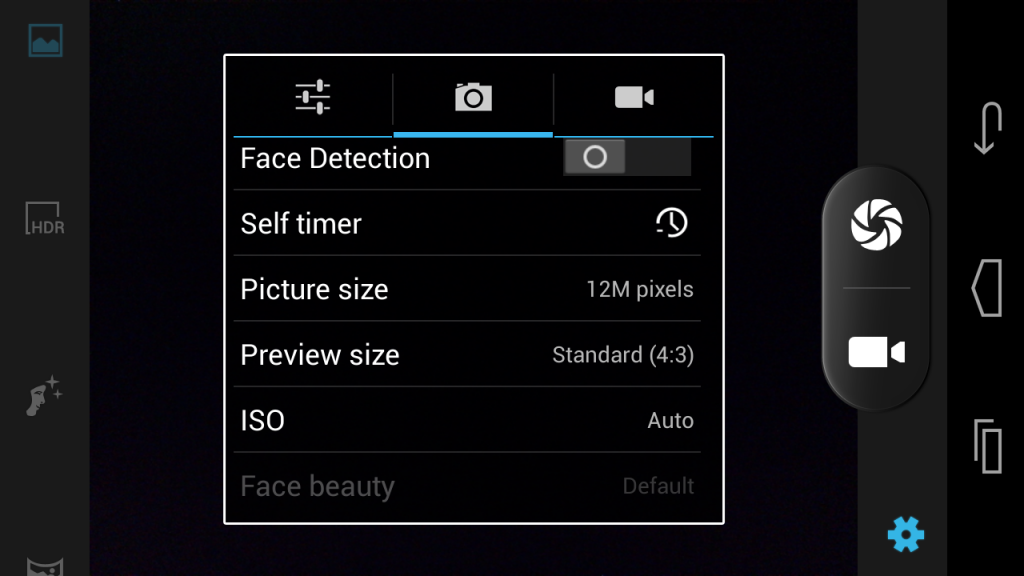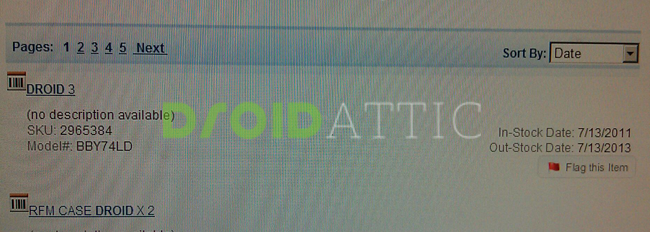Over the years I have seen and used some pretty interesting devices. The first few years of Android was a pretty wonderful time. As the base Android OS improved, so did the hardware. It wasn’t easy and many companies tried and failed when attempting to implement a device that was low-cost and subsequently offered lower specs. Now that Android as an OS has matured, it is possible to take a step backwards in hardware and still make a product that functions. When I first heard about the InfoSonics verykool s505 Spark, I was intrigued by it. Mostly because the specs weren’t terrible, the price was attractive and the images showed a stock experience. After a series of mishaps with my more illustrious and expensive devices, I have become reliant on the verykool s505 as my daily device. As such, this review is more so of an experience over the last month than a traditional 2-weeks in hand and not a full-blown daily used device.
InfoSonics verykool s505 Spark Specs
Technology
3G HSPA+ 21 Mbps DL, 5.76 Mbps UL
Band
3G Triple Band (850/1900/2100)
Dual SIM Card Support (1 x 2FF mini SIM, 1 x 3FF micro SIM)
Operating System
Android 4.2 Jelly Bean
CPU
1.3 GHz Quadcore – Powered by MediaTek
Battery
2,000 mAh Li-ion
Talk time up to 7 hours / Standby time up to 240 hours
Size
143.50 x 71.60 x 8.25 mm
Weight
154 grams
Screen
5.0†HD IPS-LCD Capacitive Touch
720 x 1280 Pixels, 293 ppi with full lamination
Connectivity
Wi-Fi, Wi-Fi Hotspots, Bluetooth 4.0, USB Tethering
Camera
12 Megapixel rear camera
2 Megapixel front camera
Memory
1GB RAM
4GB ROM, 2GB internal storage, external (T-Flash) up to 32GB
Extras
GPS with A-GPS, G-sensor, loudspeaker, 3.5mm audio jack, Dual SIM optional.
Ambient light sensor, Gravity and Proximity sensors, LED Torch
The spec sheet outlines a pretty low powered phone with specs that would make a high-end Android users cringe at the thought of having it in their house let alone using it. I feel your pain, but it hasn’t quite turned out as terrible as I thought it was going to be. That is a good thing actually.
Whats in the box
In the box you find the traditional necessities. A wall plug, a micro USB cable, the verykool s505 Spark, a set of ear bud (which no one seems to offer up anymore) and a spare screen protector. The device comes with one screen protector pre-installed for you.
The Looks and the Physical Goods
The external look of the s505 Spark is fairly reminiscent of the Galaxy S4. At least at first glance. It obviously losses the physical home button and capacitive keys. In the front you find your ear pierce, your sensors and your front facing camera.
On the rear you will find a 12MP camera with LED flash along with the speaker grill.
Along the right side is where you will find your power and volume buttons. On the rear is the micro USB charging port that sits off to the right side next to the mic hole. When you remove the plastic back plate you are greeted by the 2,000 mAh battery that power the device. Above it is where you find your micro SD slot, micro SIM card slot and full size SIM card slot.
In a world of 2K ultra HD displays, the Sparks 720 x 1280 resolution screen doesn’t sound spectacular. As with anything that is 720p, if you look hard enough you can find pixels. That doesn’t detract from its vibrant colors though. When looking at the screen from a variety of angles you can see a slight darkness come over the screen. Not to the degree that it makes it impossible to see the screen clearly though, it looks quite sharp from all angles.
As for how it feels, well, it fits well in my tiny little girl hands and is easy enough to use one-handed for basic operations. While the actual weight is 154 grams, it oddly feels lighter than the Galaxy S4. Just a mind trick I suppose. It does feel like $200 though. However, one can argue that the Galaxy line from Samsung feels the same and they clearly aren’t.
The Software
We know the Spark s505 runs Android 4.2 as the base. InfoSonics left it well enough alone and kept it stock Android. That is something that we just don’t see from companies all that often and probably one of the reasons the lower specs work just fine with the software.
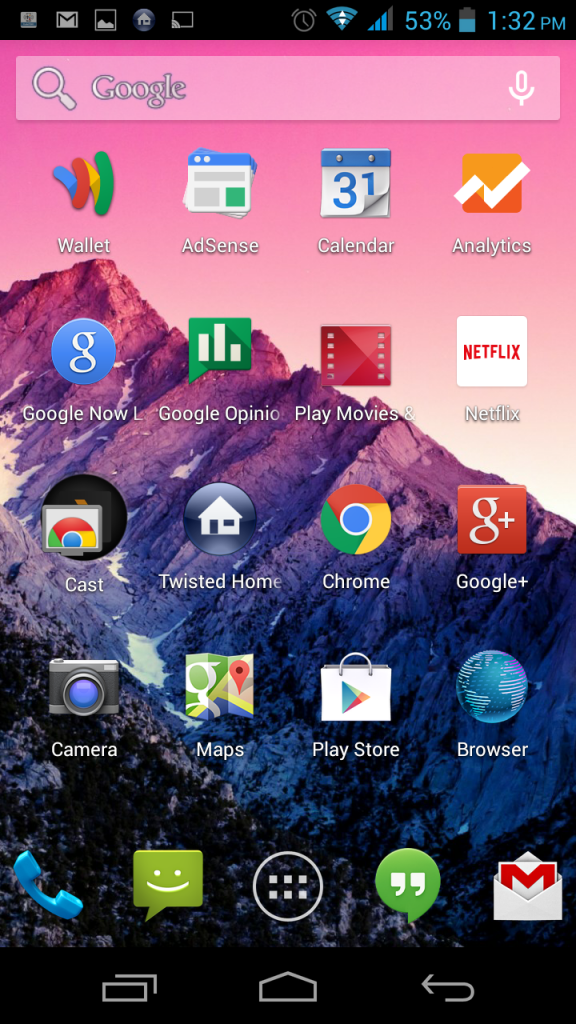
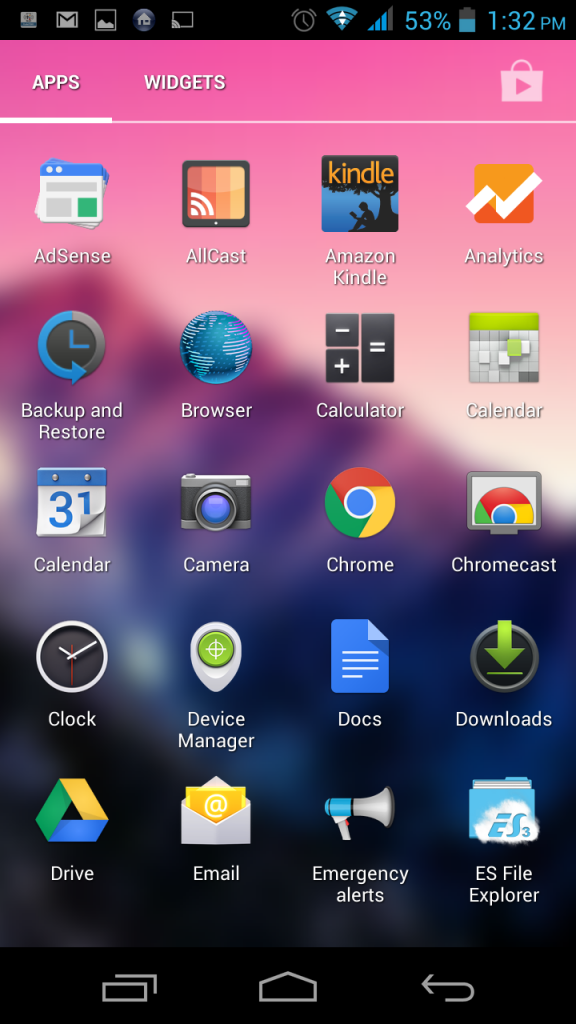
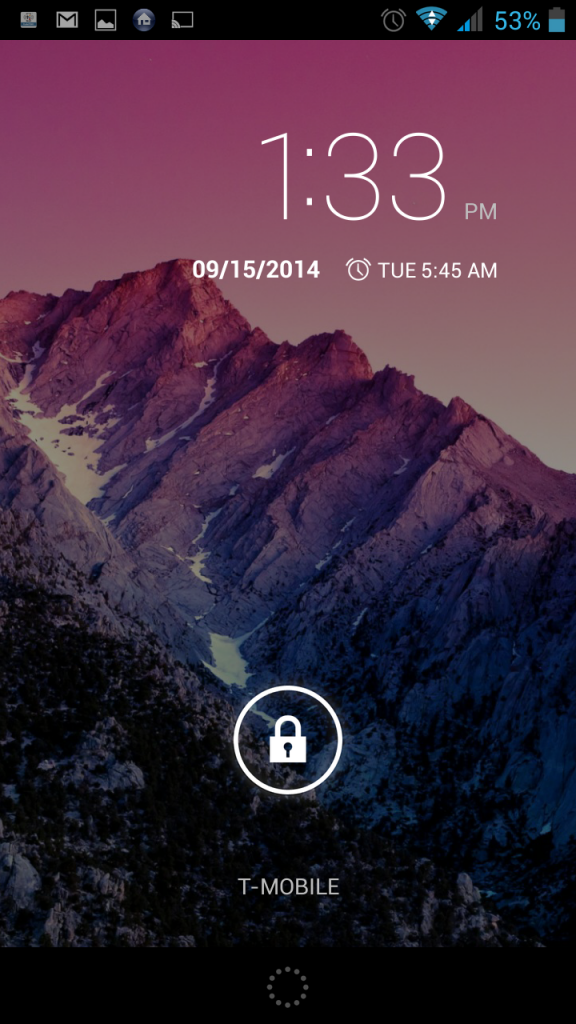


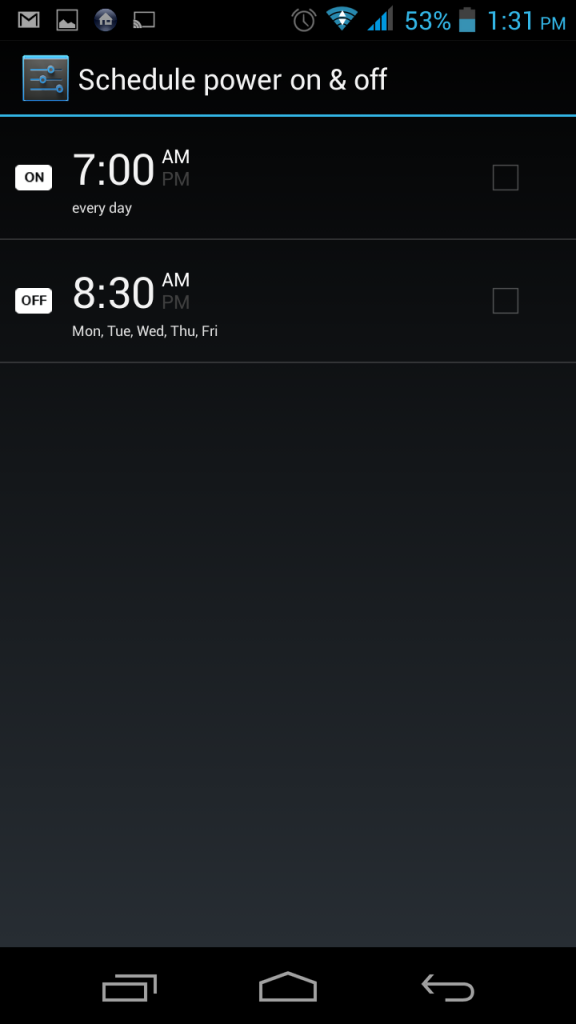
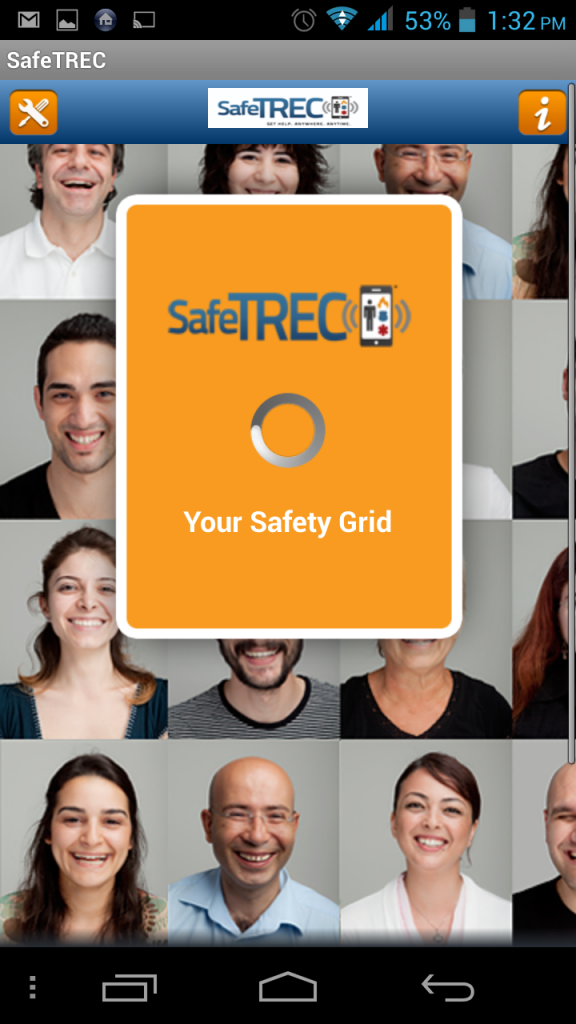
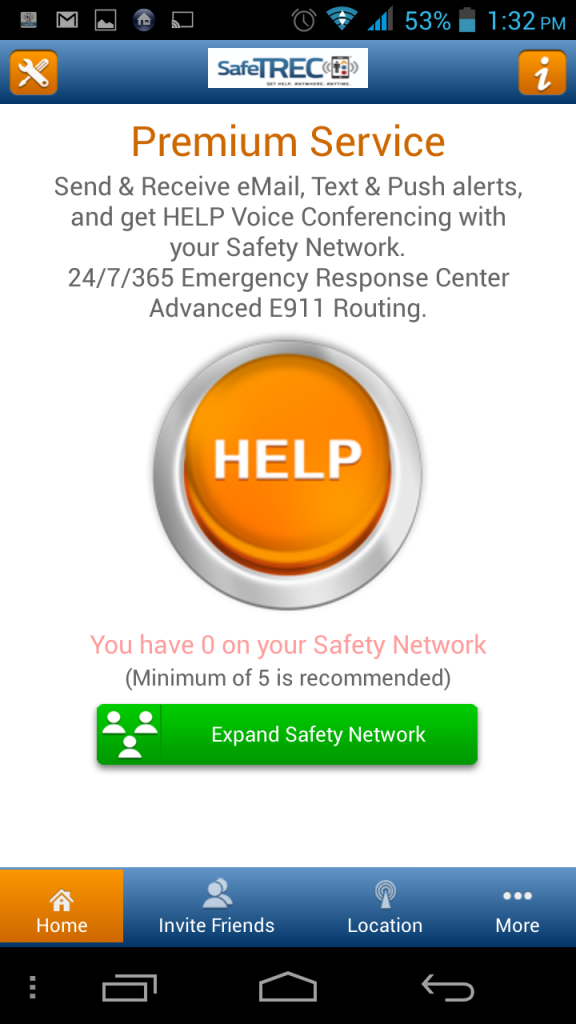

“provides a family of next-generation mobile safety technology and services. Â According to MobileTREC, their system is the only true platform that allows users to text to 911, offering a quick emergency response method in case of danger. In addition to one-touch response, there’s a single help button to push in case of a crisis. Other features include a family locator with GPS tracking capabilities, mobile intelligence indicating danger and safe zones before you enter and personalized safety network alerts for friends and family. Customers who purchase the s505 Spark can enjoy a free 30-day trial of MobileTREC’s safety platform to experience firsthand the many features of these important Personal Safety Services.”
While the device only sports Android 4.2 currently, InfoSonics has noted that it will be updated to Android 4.4 at some point. With much of the software being a fairly stock Android experience, there aren’t a ton of things to look at or worry about. It just works.
The Camera
The Spark features a 12MP camera that packs in HDR mode, Panorama and other feature sets you would expect from a device. Here are a few sample images for you to look over taken with the standard camera app that is provided on the device.
They look pretty good. I didn’t mess with settings at all, nor were any of those taken using HDR mode. One would expect them to be a little better since it is a 12MP camera. I didn’t edit or shop any of the above photos, but they were the best ones taken out of the bunch that I took. Many seemed a little washed out or overexposed. Again, changing some settings could help with that, but end users like to point and shoot and not think.
If you get things set up and are careful about your shots, they look pretty good. If you are going to add effects and share them on social media channels, they should be just fine. Something is just not completely right with the camera sensor though. Whether it be the sensor its self or just some software issue.
The s505 Experience
Hardware and software specs written out on paper, or the web, don’t do a product justice anymore. I recently read an article, I can’t remember from where, that talked about moving beyond data points on devices and getting back to the experience. Putting the physical data points aside and strictly going off of my experience using the device as my primary daily driver for the last month, I am very pleased. There are a few things that stand out on my overall experience.
- The battery life of the s505 is rated for 7 hours of talk time with 240 hours of standby. On a day of regular usage during the week I routinely made it through from 6:30 a.m to around 11 p.m. without needing to put t on the charger. I usually hit the hay about 11, sometimes later, but during the month of use, I never had to put it on the charger in the middle of the afternoon like I have had to do with other higher-end devices.
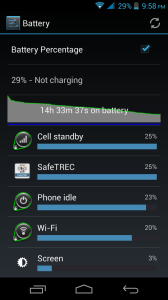
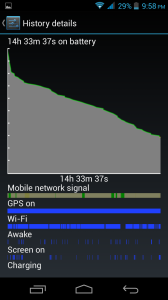
- While the internal storage only offers 4GB, 2GB user available, the micro SD card slot alleviates the strain. In the setting menu under storage, you can set the default install location to the SD card. You would be pretty lost without that setting. Without it, you would find yourself out of usable storage for apps rather quickly.
- Moving between screens, apps and settings on the device is pretty quick. There are no doubt some times where you will run into some lag. There were also a few times where typing on the keyboard would lag behind and take a second or two to catch up. It is a tricky thing to blame on the device its self though. I have experienced the same lag on the Xperia Z1s, HTC One M8 and on the Galaxy S4 in various apps and with various keyboards. Maybe I am just to fast for the devices. HA.
- Call quality and sound were above average. The speaker phone was extremely loud and clear. Watching videos, listening to music and other things came through loud enough to be heard without needing to bring your phone to your face to catch some words. It is considerably better than I have experienced on other similarly priced devices out there.
- Since the device is unlocked, carrier free and dual-sim, there is no need to worry about anything with T-Mobile or AT&T. Same thing goes for any carrier that uses a SIM card locally or internationally. I used a miro SIM from T-Mobile in slot 2 with no sim in slot 1. Remember, slot 1 is a full-sized SIM. It auto configured and I was online and making calls in seconds.
This particular model is a 3G device with HSPA+ access. I didn’t run speed tests on the data simply because where I live has less than stellar T-Mobile speeds even on top-tier handsets. I did use the device a lot outside of my house and surfed the web just fine, communicated on G+, Hangouts and streamed music from Google Play Music without a hitch.
Overall Thoughts
It is easy to dismiss a device from a company you may have not heard of that is offering a device that isn’t a top-tier $600+ phone. My experience with the InfoSonics verykool s505 Spark has been a very pleasant one. It came to my rescue after some a series of unfortunate situations. The s505 offers up enough give and take in areas to justify the price tag with the screen size, processor, camera (when tuned in good conditions) and battery. If you aren’t all about the ‘extras’ from the high-end devices and just need something to surf the web, watch some videos and listen to music all while being able to sport two SIM cards, a SD card and not be tied to a contract or one carrier, this might just be one to check out. You certainly can’t expect a Galaxy S5 out of the verykool s505, but at $200, it does its job quite nicely. Heck, if you have PayPal credit you can even make 6 monthly installments of 33.99 to buy it.
Check it out at the verykool website. Which, I am also happy to say, is here in the states in San Diego.
